Avanos
Avanos is a district of Nevşehir Province. The name of the settlement, which is 18 km north of Nevşehir, in ancient times was Venessa, Zuwinasa or Ouenasa. The tradition of ceramic making has been going on since the Hittites in the district, which has many pottery workshops. There are 3 villages in the Central sub-district, 10 villages in the Özkonak sub-district and 5 villages in the Topaklı sub-district. In 1926, linguist Emil Forrer read the name of the city of Zuwinasa on a tablet during his research in Boğazköy Hittite Royal Archives. Nenessa and Zu-Winasa turned into Venassa and Avanos, according to the studies of Nicole Thierry. It is mentioned as Avanos, Enes and Evenez in Ottoman documents. The marble sarcophagus unearthed in a Roman cemetery near Avanos, right on the edge of Kızılırmak, is interesting as it is the only sarcophagus unearthed to date in the central Cappadocia region. The sarcophagus was discovered by chance in 1971. Prof. near Sarılar town of Avanos. In the archaeological excavations carried out in Zank Höyük under the direction of Gökberk, ruins belonging to different cultures from the Old Bronze Age to the Late Roman Period were unearthed. In Avanos, there are Sarıhan caravanserai and Alaaddin Mosque, dating back to the 13th century Seljuk Period. It was affiliated with Kırşehir province until 1954, and its municipality was established in 1884. It became a district with the establishment of Nevşehir province in 1954. It is known that pottery has been made with a wheel in Avanos since the Hittites. This handicraft has been passed from tribe to tribe, from father to son, and has survived until today. Soft and oily clay soils from the mountains of Avanos and the old beds of Kızılırmak are sifted and kneaded thoroughly to turn them into mud. The desired bowl is made by skillfully shaping the clay on a loom called a wheel, which is turned by feet. The bowls produced in the workshops called workshops are dried first in the sun and then in the shade and then carefully baked in ovens fired with straw and sawdust at temperatures ranging from 800 degrees to 1200 degrees. Turkey's longest river, Kızılırmak, turns red in ancient times, worthy of its name, due to the tuffaceous, clayey soils it irrigates near Avanos. This feature has generally disappeared after the construction of dams. Food containers, water jugs, pots and jars for storing winter food, and water jars are well-known pottery products in the region... One of the important occupations in the district is viticulture. The grapes obtained are used for table purposes as well as for wine production in caves and natural warehouses. Grapes are very high in sugar. For this reason, especially handmade wines are in demand from all over the world. In addition to wine production, the region produces dried grapes, apricots and apples as winter nutrients. In addition, traditional foods such as molasses and meatballs are produced with the must obtained from grapes in the districts and villages. Eggplant production is common in Ayhanlar village of Avanos center. Most of the fresh vegetable products needs of Avanos and the surrounding region are met from this village. Fishing in the Kızılırmak River is also common. Although there are mostly carp fish, there are also fish species such as catfish, burr and coot.




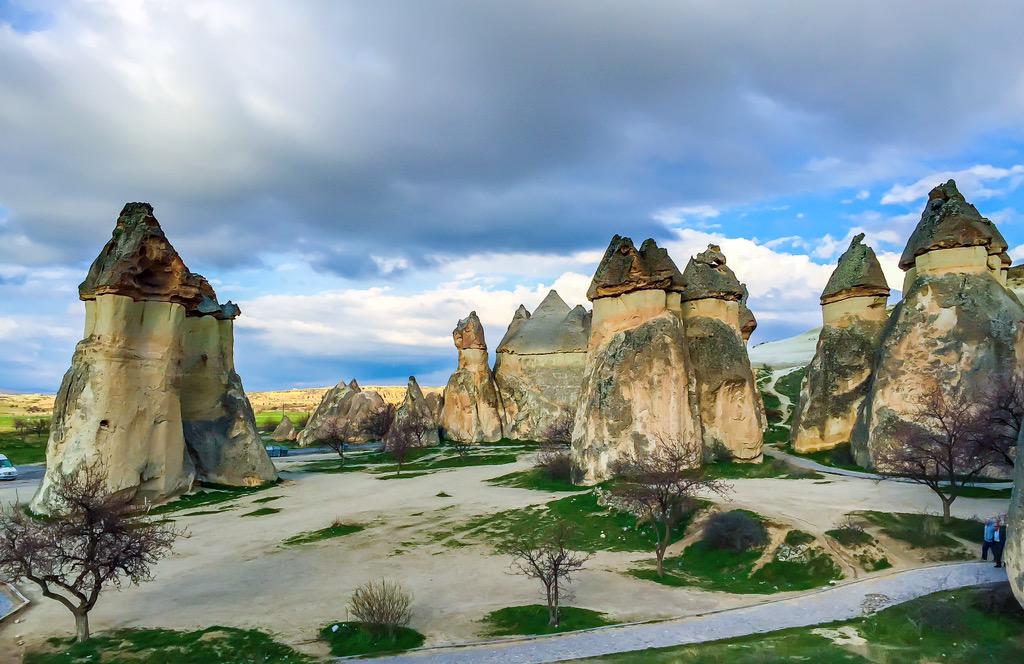
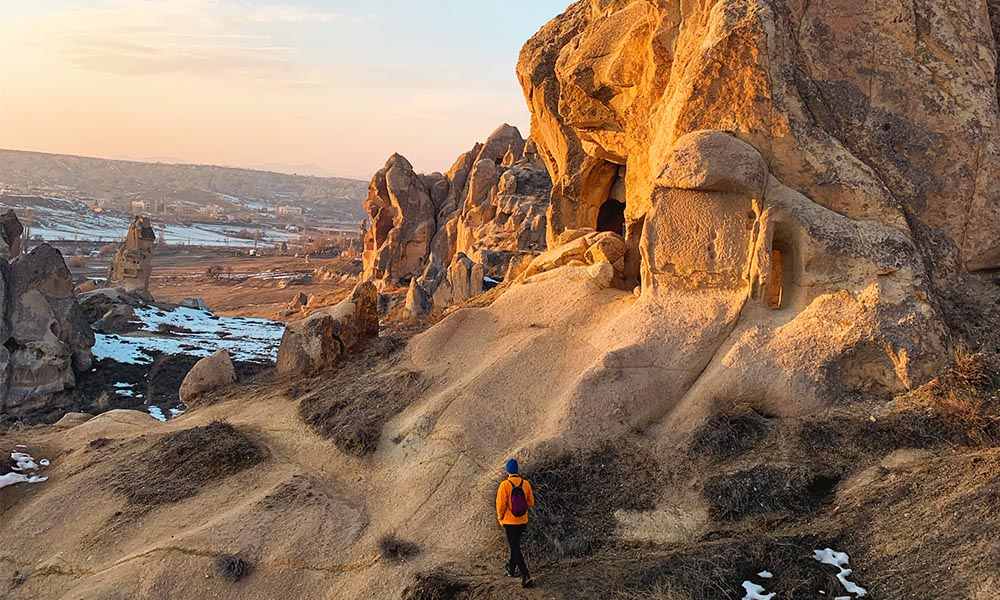
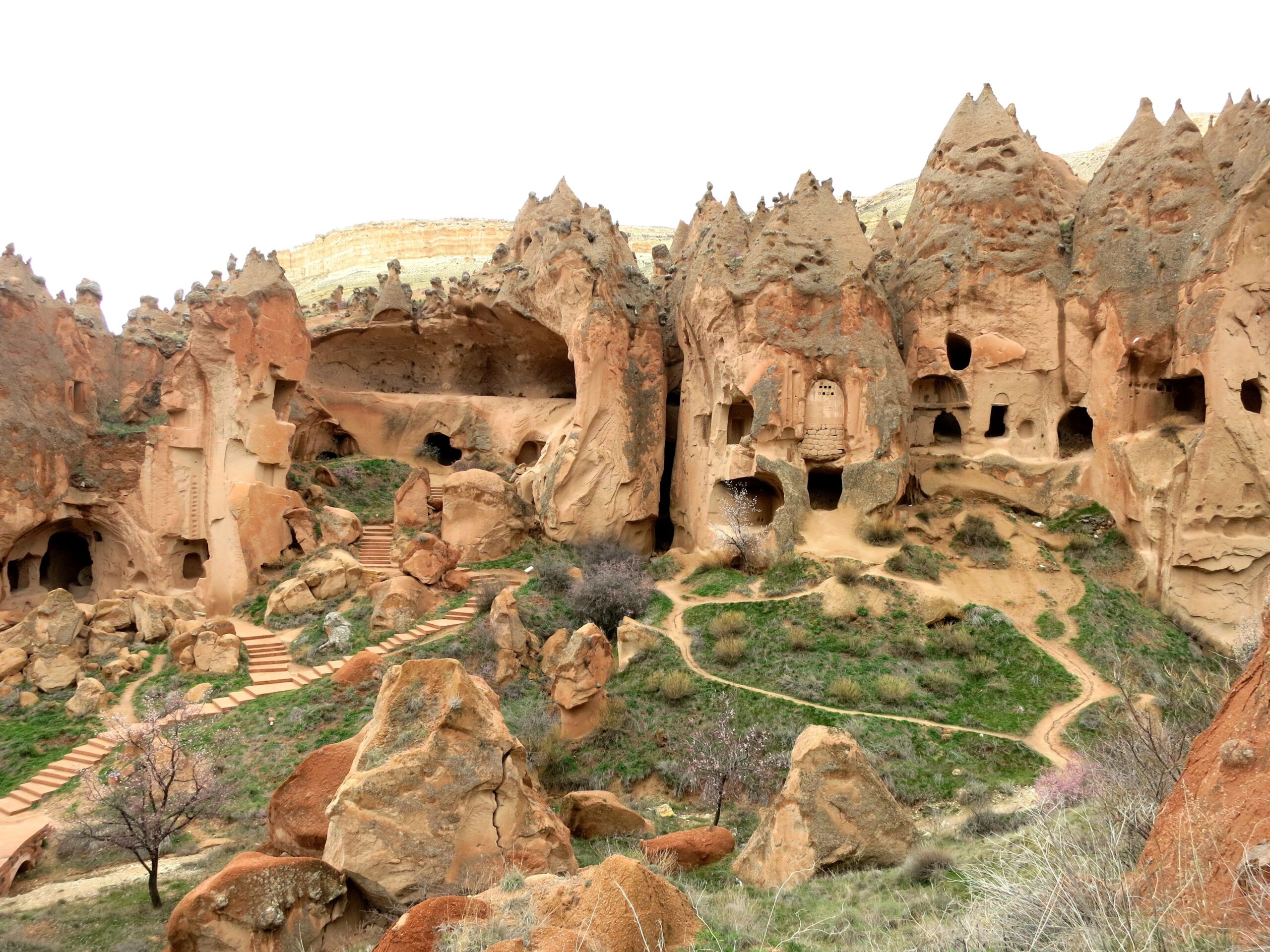
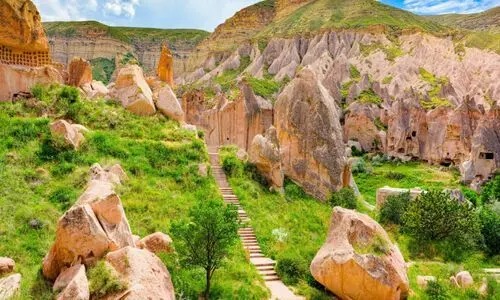
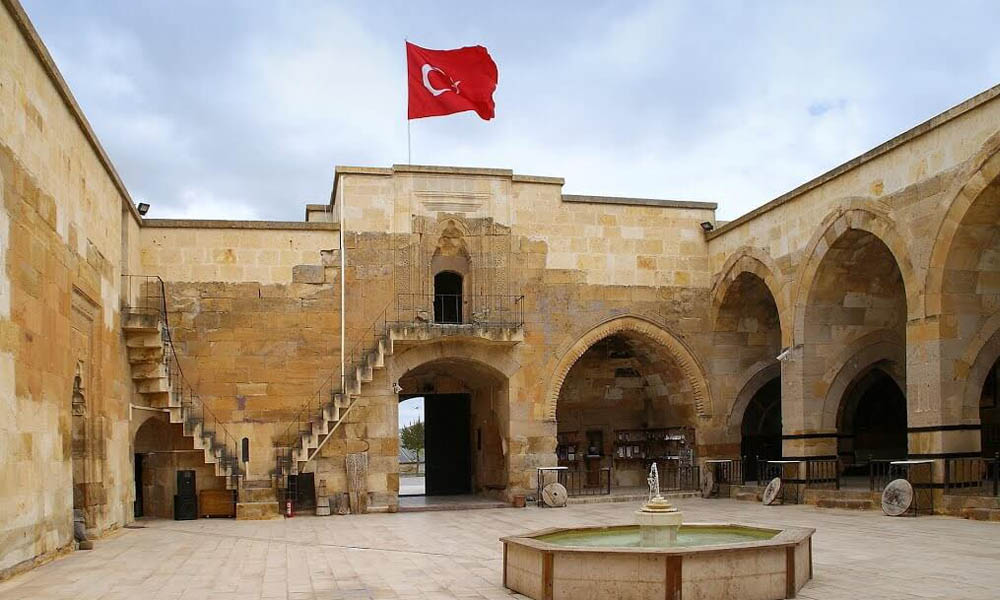
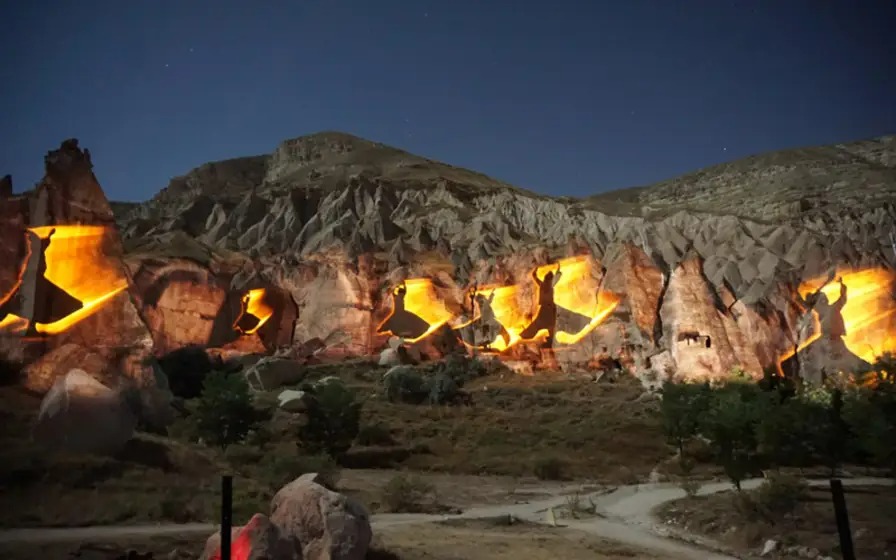
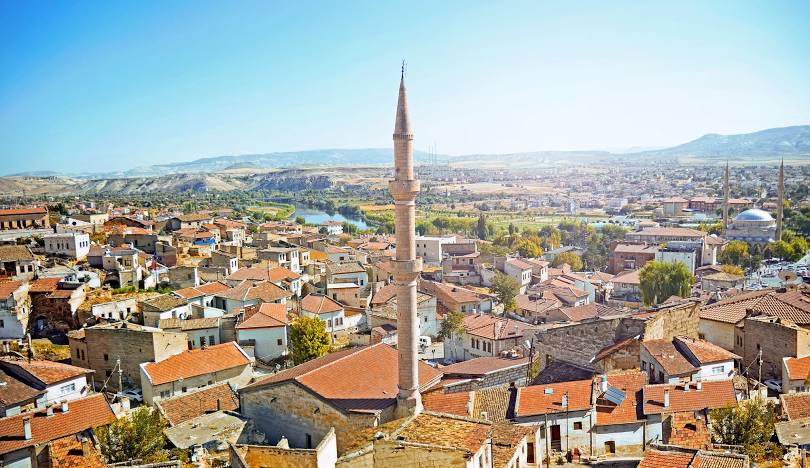
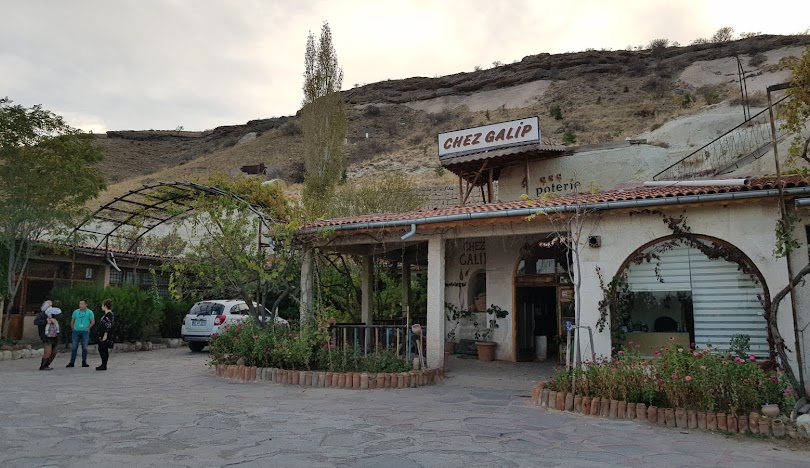
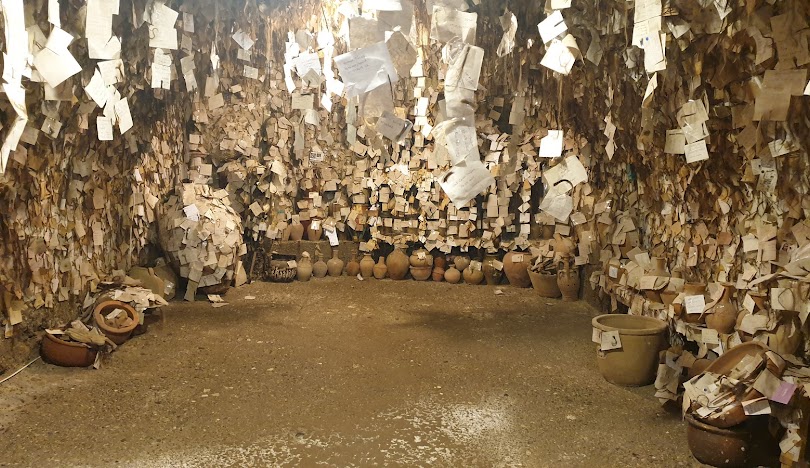
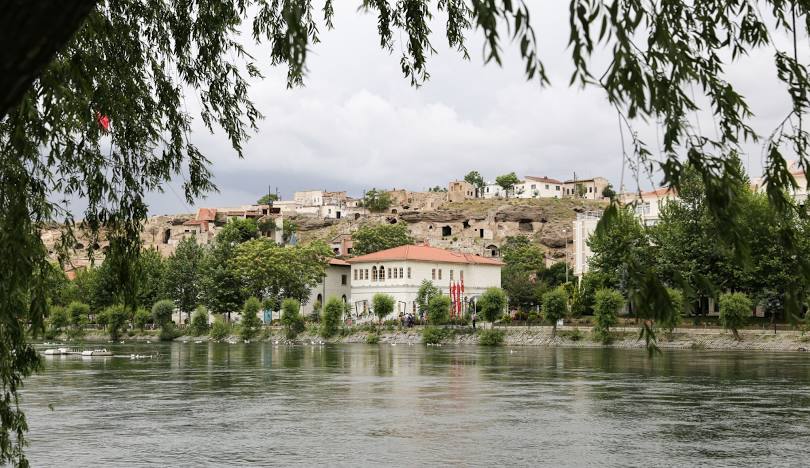
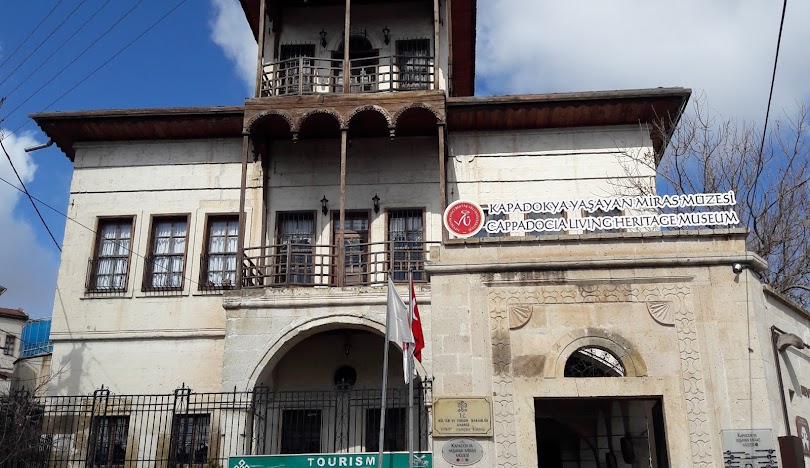
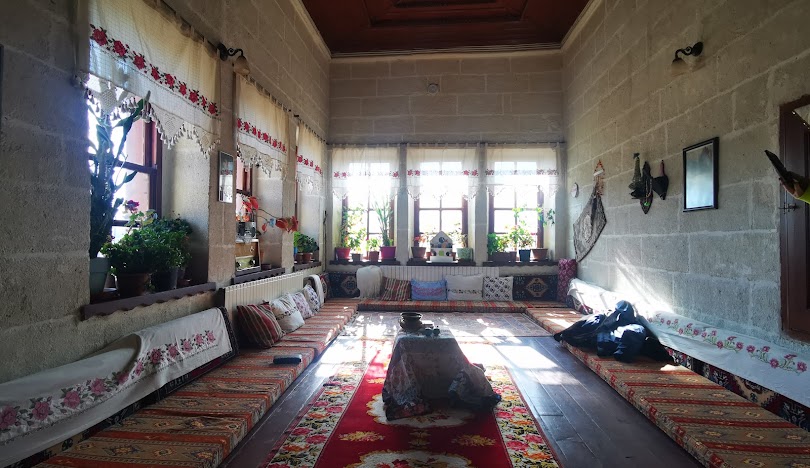
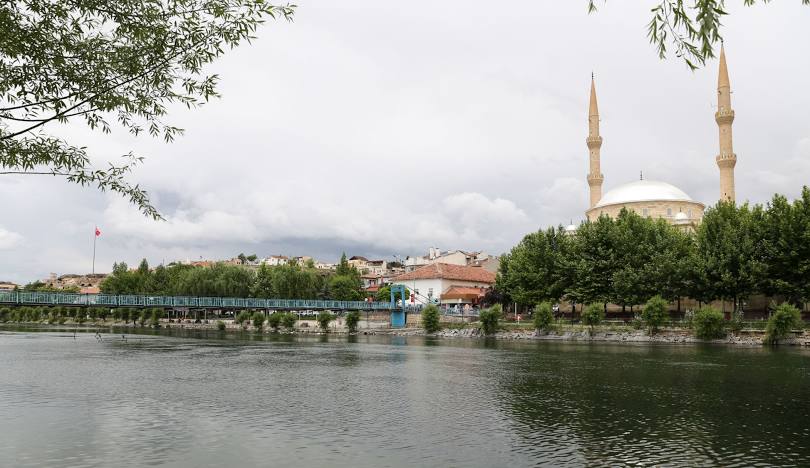
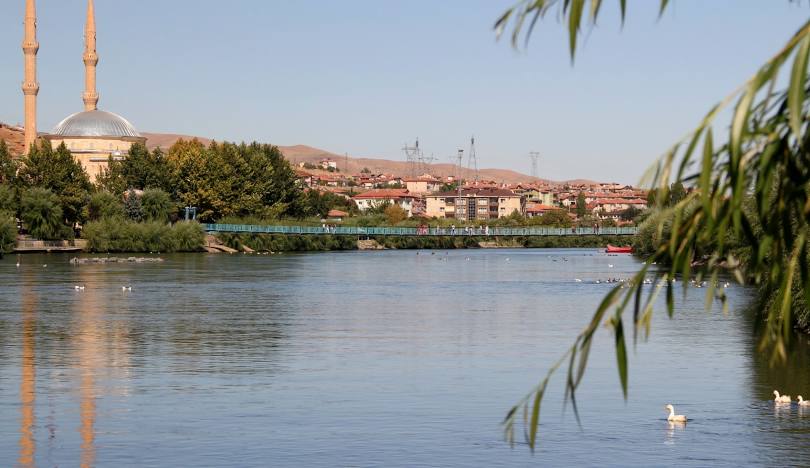
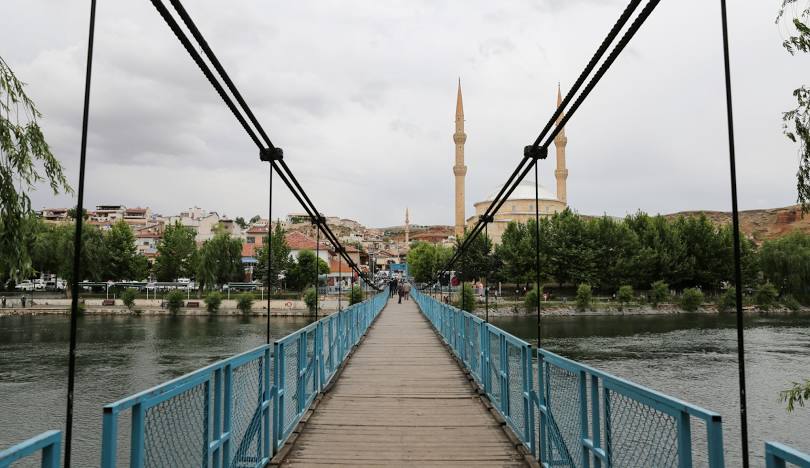
Leave Your Comments